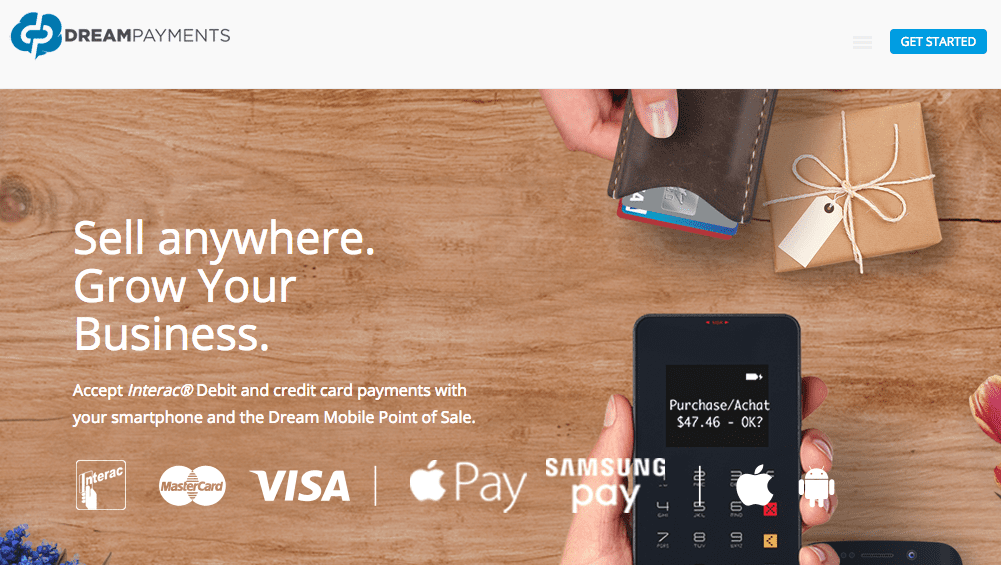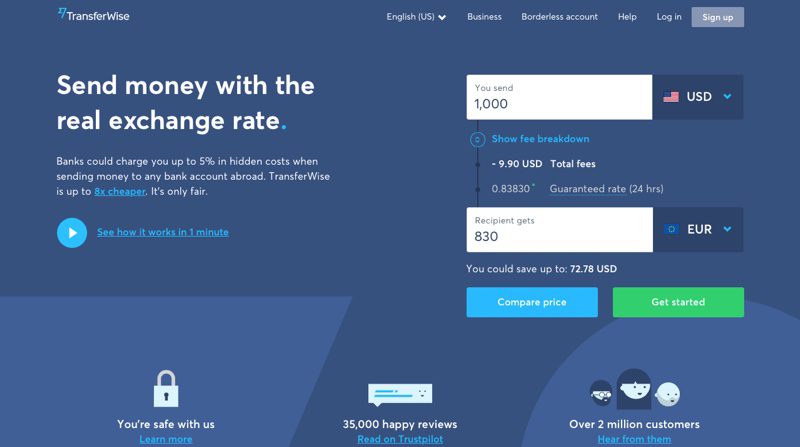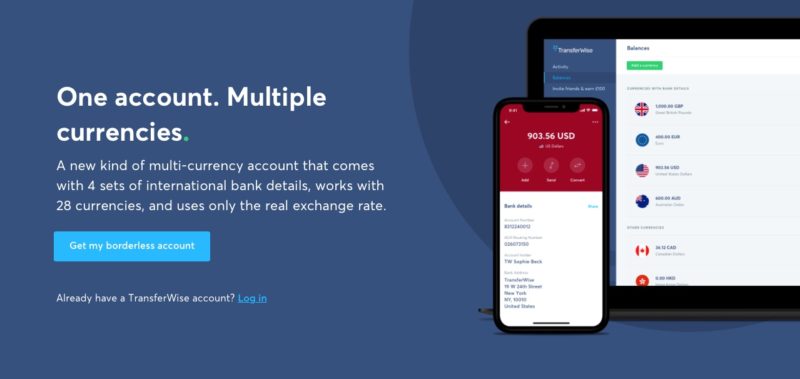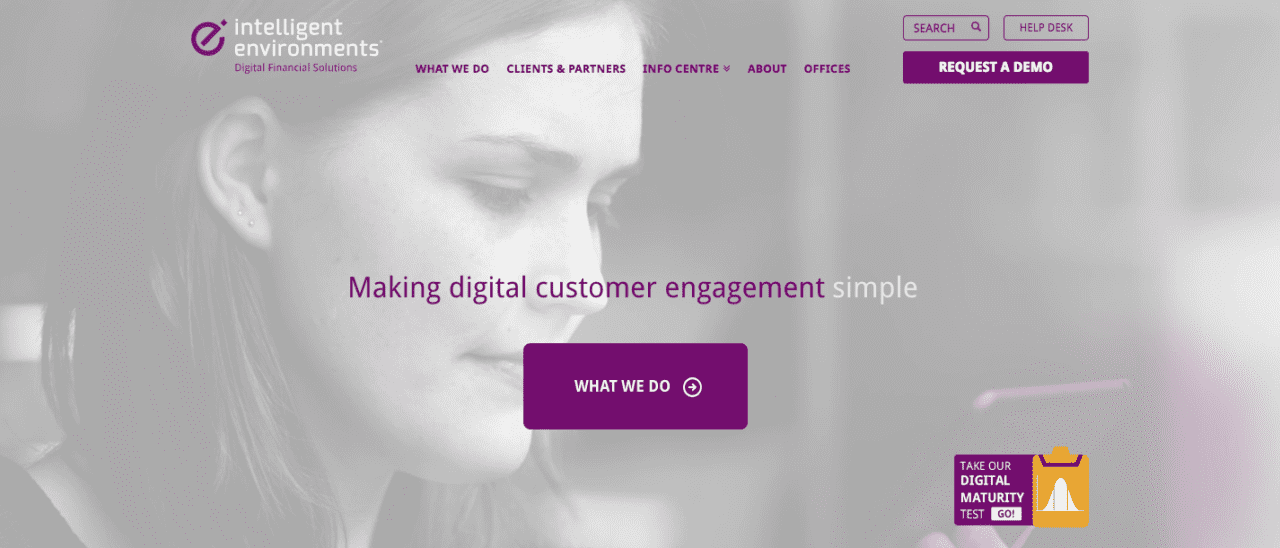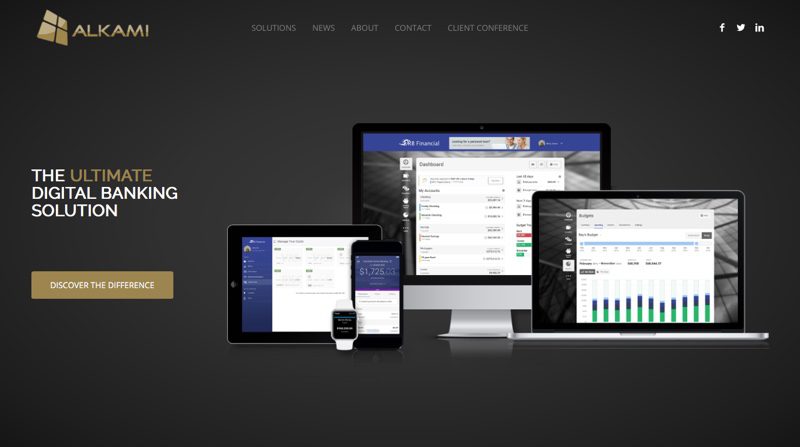Scalable Capital is saying, “Gruetzi mittenand” to Switzerland today. The U.K.-based robo advisor has launched its services in Switzerland, the fourth country to which Scalable Capital has expanded, following launches in U.K., Germany, and Austria.
Describing Switzerland as “an interesting market for every wealth manager,” Scalable Capital Co-founder Simon Miller said that the company made the move knowing it could offer real value to Swiss retail investors. Miller added, “We are the only independent robo-advisor in Europe using three key building blocks to build a truly customer-centric product: professional risk management for every individual portfolio, low cost, and a comprehensive digital service with unparalleled transparency.”
With a Swiss customer phone hotline, as well as a website aimed specifically to serve Swiss customers, the startup has an E.U.-wide approval and can offer its services across the E.U. without having to go through additional application processes. Scalable Capital’s German custodian bank partner, Baader Bank AG, will provide tax reporting and will serve as the custodian bank for all Swiss customers, managing their portfolios in euros.
Scalable Capital was founded in 2014 and now serves more than 20,000 clients with $810 million (£600 million) assets under management. The company holds partnerships with BlackRock, Siemens Private Finance, and Germany’s third-largest retail bank, ING-DiBa.
Scalable Capital most recently presented at FinovateEurope 2016. The company has 70 employees and has raised $49 million. Last spring, Scalable Capital was the only European startup to be recognized on CNBC’s Upstart 25 list.


